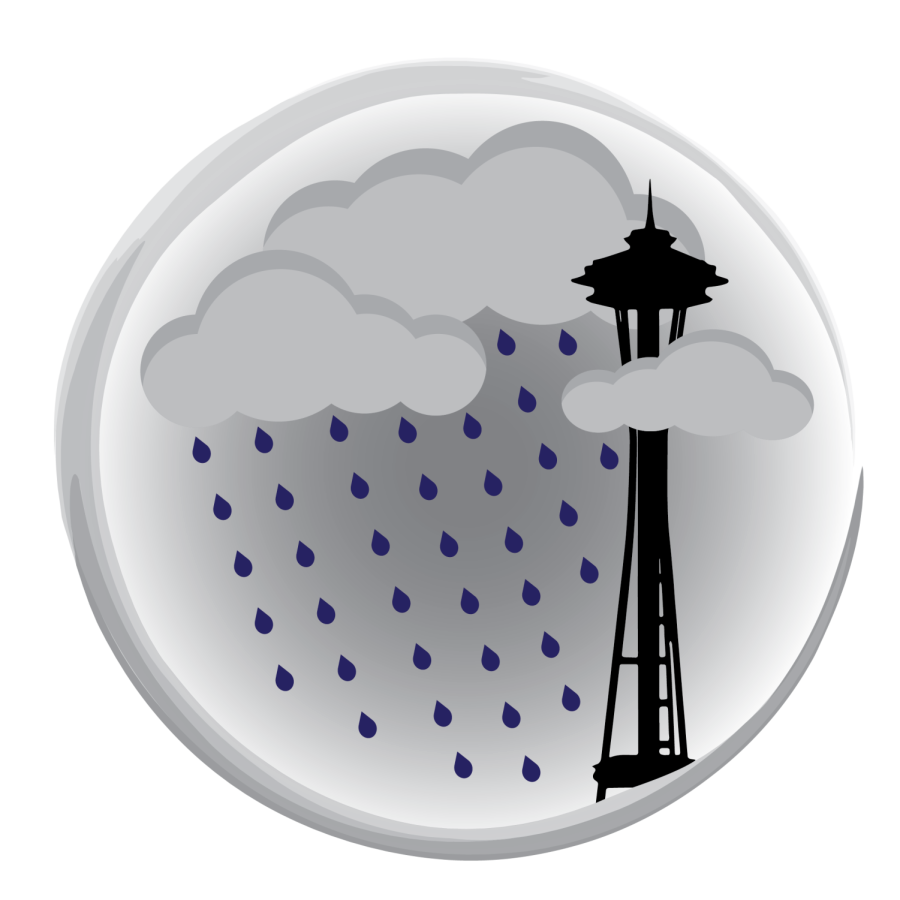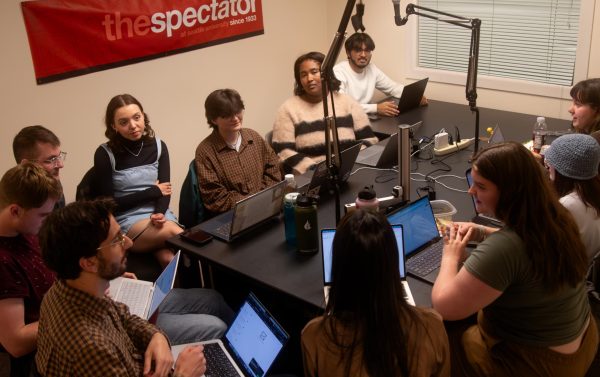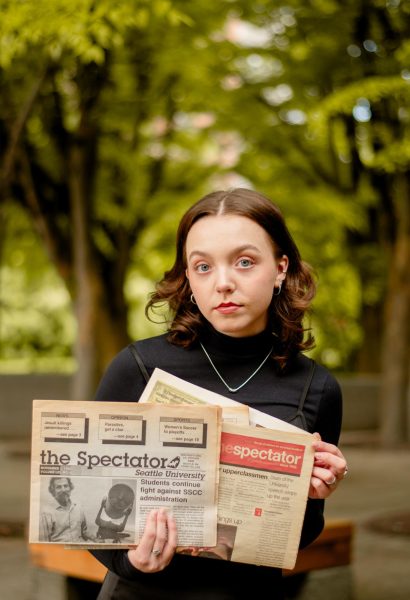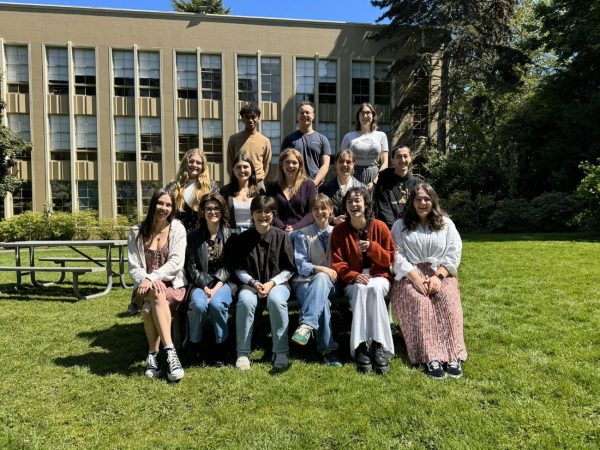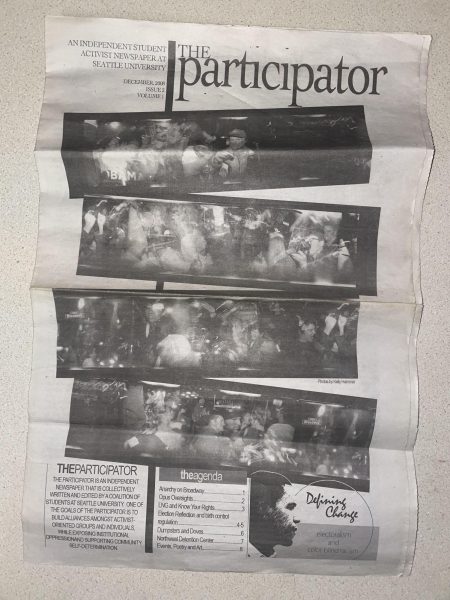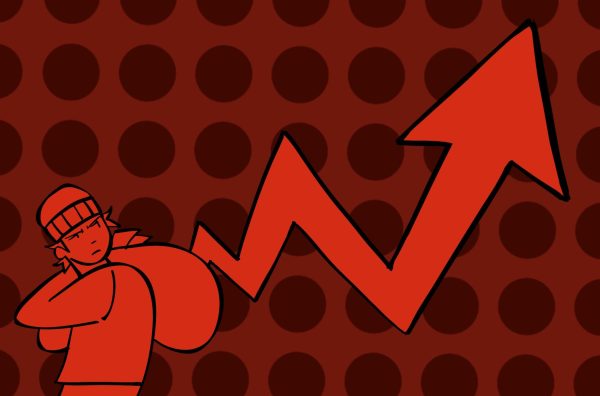The Seattle Blues
Seattle is known for some exceptional qualities, whether it’s the coffee, nature or being the home base of large tech companies. But despite these boons, Seattle was recently voted the saddest metro area in America.
A contributor to topping off such a list lies in Seattle’s weather and long winters. Seattle is directly in the middle of a convergence zone where different streams of hot air, cold air and moisture collide, forming clouds, rain, hail and snow.
Seattle’s forecast for the majority of the year calls for dark, rainy weather, which has an adverse effect on the mental health of its citizens, as the gloomy weather seemingly never goes away. Contributing further to the unwelcoming environment is a phenomenon called the Seattle Freeze.
The phrase Seattle Freeze has been used since The Seattle Times coined the term in 2005. Fiona Griffiths Boston, a third-year public affairs and philosophy double major at Seattle University, describes the Freeze as a time when Seattleites have a tense, coldhearted nature because of the constant cold, dark weather.
“During the Seattle Freeze, people are just cold and unwelcoming,” Boston said. “Seattle’s a pretty introverted city—people tend to stick to their own and aren’t super social. The Seattle Freeze contributes heavily to this, especially during the cold, dreary months.”
Seattle’s drab, gloomy weather can come as a major culture shock to Seattle U students who aren’t from the area, especially if their hometown is warmer and brighter. Nathan Kwan, a first-year mechanical engineering major at Seattle U, was dismayed by the consistently gloomy weather Seattle offered.
“Coming from Indonesia, I was surprised to see how cold, wet and rainy Seattle was. I always heard people talk about it being notoriously dark and rainy, so I felt like I knew what to expect, but when I actually came to experience it firsthand, I was perpetually disappointed. It definitely made me appreciate the rare sunny days Seattle gets.” Kwan said. “Compared to Indonesia, the nights here are also always really long.”
The recent federal Household Pulse Survey shows that during the first two weeks of February, at least 45 percent of adults in Seattle felt depressed. An estimated 1.4 million people ages 18 and older expressed feelings of hopelessness. With the annual long, dreary winters Seattle experiences, the weather is a major catalyst in the mental health struggles faced by city residents.
Seattle U offers mental health aid to students struggling with seasonal depression through the Counseling and Psychological Services (CAPS). CAPS provides many different kinds of services like teletherapy, consultations, online mental health screenings and library access, all free and confidential. Kimberly Graff, a Seattle U graduate student and program coordinator for Seattle U’s Wellness and Health Promotion, lists some other ways students struggling with seasonal depression can get help.
“Light therapy is something that people make use of a lot of. Finding hobbies that keep people in well-lit places can be really helpful. For others, it could be making sure to go for a walk in the rain and getting outside even though it is cloudy,” Graff said. “It could also be as simple as finding crafts. A lot of people come into our office to get coloring sheets or paintings. Finally, going out with friends, taking a social baking or cooking class. It’s all personal, but finding measures and sticking to a routine works really well.”
Overall, Seattle’s gloomy weather plays a major role in the attitudes and moods of its citizens. With the Seattle Freeze often causing Seattleites to seem standoffish and almost half of the adults in the city feeling depressed and hopeless, it’s hardly a surprise that the Emerald City can be a difficult place to live. As Seattle U and citizens of Seattle look for ways to mitigate the depression caused by such dark weather, students and staff can take heart in the fact that the first rays of spring are right around the corner.






